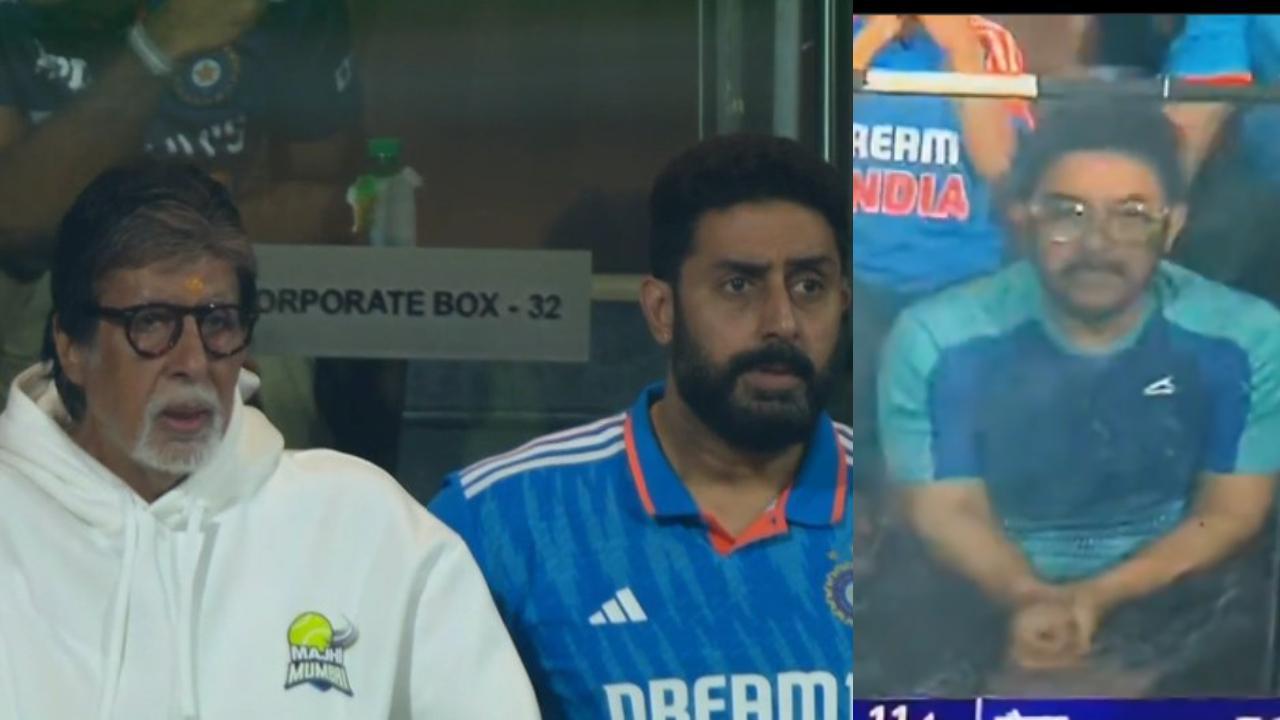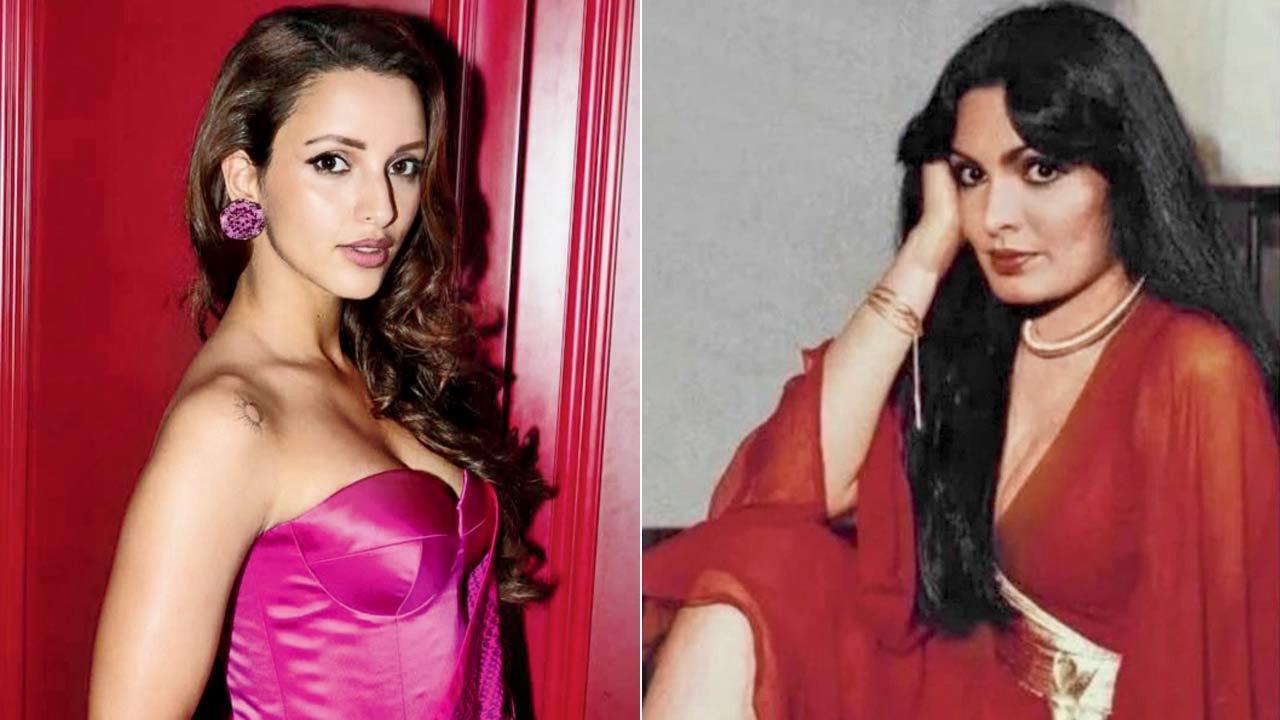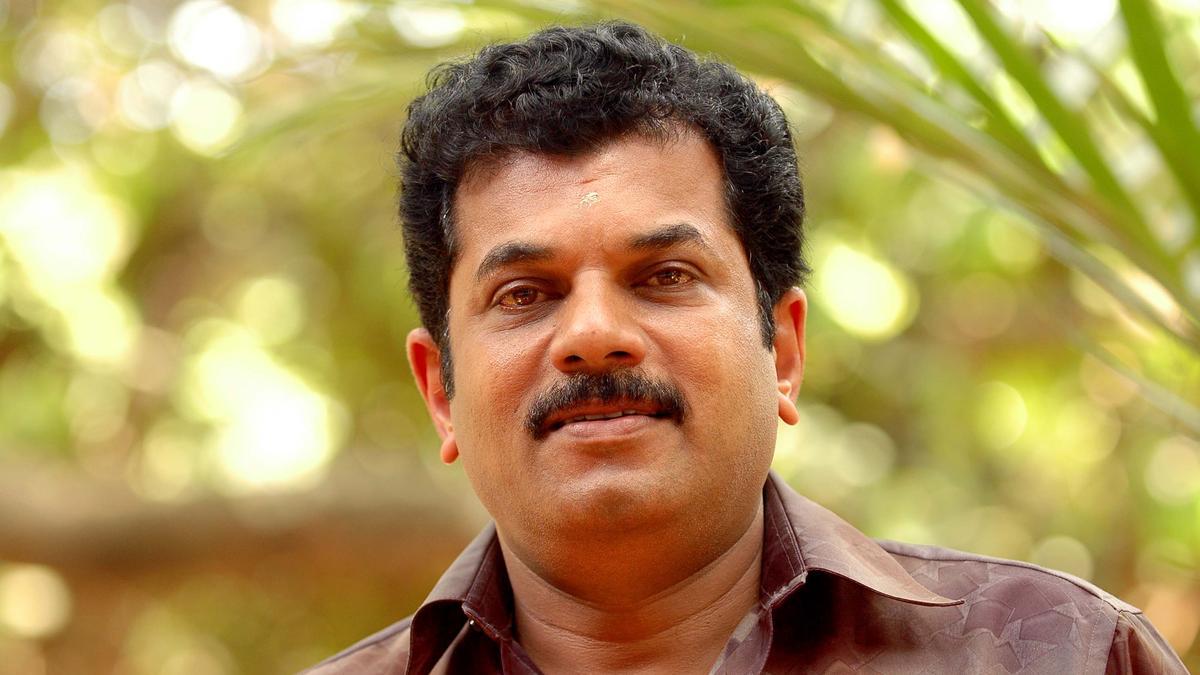
As December brought with it the much-awaited annual music festival of the Sri Parthasarathy Swamy Sabha, aficionados of Carnatic music were privy to a concert resonant with tradition and superb artistry, headlined by K.N. Renganatha Sharma. Performing for a generous span of 140 minutes, Sharma’s concert included just six pieces that unfolded in equal number of ragas. Yet, in this limited spread, he wove an elaborate tapestry of melodies, showcasing a restraint that marks his aesthetic sensibilities. His performance was neither staid nor overly exuberant, managing to capture the attention of both purists and casual lovers of Carnatic soundscape alike.
The tonal journey that was Sharma’s concert appeared as splashes of bright colors and bursts of vigorous renditions. Deeply embedded in the Semmangudi tradition, Sharma embraced the works of Swathi Tirunal — the revered 19th-century maharaja of Travancore, whose compositions were championed by Semmangudi Srinivasa Iyer. Notably, Swathi Tirunal’s work represented half of Sharma’s chosen pieces for the evening, though the focal composition of the recital was not one from this assortment.
Sri Parthasarathy Swamy Sabha’s auditorium reverberated with the vibrant strains of Kalyani raga, the cornerstone of Sharma’s performance. The piece de resistance was Patnam Subramanya Iyer’s ‘Nijadasa varada’, cascading in a medium tempo that reached for the higher octaves, adorned in the flamboyance of frills characteristic of the 65th Melakarta raga. Committed to the classical idiom, Sharma infused the verses with intricate brigas and gamakas that maintained a lucid musicality throughout. The percussionists, Mannargudi Easwaran (mridangam) and Vaikom Gopalakrishnan (ghatam), along with violinist L. Ramakrishnan, were visibly energized by this vibrancy.
The alchemy between the string instrument and Sharma’s voice was particularly evident during the niraval at ‘Bhujagadhipa shayana’, and the following swaraprastara energized the air with lively improvisations. A testament to the synergy of the musical ensemble was the adi-tala tani avartanam, manifesting the peerless skill of the percussionists, further elevating the performance to a praiseworthy experience.
Prior to this, Sharma had graced the audience with a 12-minute alapana that exuded a calm anticipation before unfurling into full-blown Kalyani. Midway, there was a hint of grahabhedam, a change of tonal center that intriguingly never materialized. With Ramakrishnan’s violin strutting a sonorous trail, the artist’s camaraderie was palpable as the two mirrored each other’s musical narratives.
One could sense the unspoken kinship in the pair as the recital progressed through various ragas, starting with a poignant piece in Sourashtra, followed by a quick-paced ‘Pahi sripate’ in Hamsadhwani, where Ramakrishnan excelled in keeping pace with Sharma’s inviting cadences. The tranquil Sahana succeeded this with its laid-back charm where both artists navigated its contours with delicate finesse, beautifully capped off by Swati Tirunal’s ‘Chitham irangadadenaiya’. A brisk filler by Tyagaraja in Chenchukamboji ensured that the pace was varied, while Renganatha sometimes eased off during the speedier sections.
The concert culminated in a twenty-minute tani avartanam and two more works of Swati Tirunal – a Hindustani-tinged ‘Bhajat murali’ in Patdeep, and the finale, an ‘Aliveni’ padam in Chenchurutti. The gathering, brimming with melodic brilliance and rhythmic flair, left the audience in a state of rapture, their applause an echo of their appreciation.
K.N. Renganatha Sharma’s concert was a masterful display that combined disciplined classicism with moments that soared with spontaneity and excitement. The full nuance of this concert – from its deliberate pacing to its passionate execution – demonstrated how traditional compositions could still speak vividly to the contemporary listener. His music was more than a performance: it was a vibrant narrative painted through the myriad hues of ragas, a celebration of Carnatic music’s rich heritage.










